The early-1990s Japanese ‘bubble era’ produced a variety of incredible sports cars that remain legends today. Every automaker from Japan was competing for an imaginary sports car crown, and giving enthusiasts plenty of reasonably attainable and largely daily-usable sports cars to choose from. The European sports car status quo was set on its ear, sending everyone from Porsche to Ferrari running back to the drawing board. The 1990s were a long time ago, but I think it’s all happening again.
Look At What They Took From You
Successful and era-defining sports cars were dropping left and right. Iconic nameplates extended to their ultimate point in performance and style, harnessing technology and speed in a way that hadn’t ever been done before; GT-R, RX-7, Supra, NSX, MR2, Miata, Eclipse, 3000GT, 300ZX, Integra, 240SX, Prelude, Celica, Civic, SVX, Evo, STI, SC, etc. There were so many sporty variants available for every budget and driver desire.
Every single one of these cars—bar the Miata and arguably the Z—has been killed off, left to rot on the vine for far too long, or become a bloated facsimile of its former self. The Eclipse, once a turbo all-wheel drive maniac punching well above its weight class, has had its proud name mined for a mediocre crossover. It’s time for a return to the core of what made these Japanese heroes so great.
Nostalgia Rules Everything Around Me
I’m firmly in the elder millennial age bracket at 36 years old, so I’m squarely in the demographic that can be nostalgic for this era of sports cars. I was quite young when these cars were new, but they were still considered the best of the best as I came of age, and started playing Gran Turismo on the Sony Play Station. For the enthusiasts who were buying them second or third hand, they were still aspirational and provided exciting driving experiences. Driving my hand-me-down Pontiac Grand Prix SE coupe, I desperately wished it was a Celica All-Trac or Mk4 Supra.
Nostalgia moves in cycles of twenty to thirty years. In the 1980s everyone was nostalgic for the 1950s, and it has always kind of been that way. Young adults don’t like the recent past, and long for a time when they didn’t have, you know, responsibilities and stuff. They also don’t want to turn into their parents, so they try to find ways—music, movies, arts, culture, and even cars—to differentiate themselves. Minivans became popular because Boomers didn’t want to be their wagon-driving parents, and SUVs became popular because Gen-X didn’t want to be seen as similar to minivan-driving soccer moms.
In general, I believe the internet and rapid technology development in my lifetime has only served to accelerate nostalgia. I often pine for the pre-internet days of my childhood, but as an enthusiast also desire the simplified sporty driving experience of a compact coupe. I don’t need a third row or ten inches of ground clearance, and never will. Most of my driving is done alone or with one passenger, so why would I need a second set of doors? Two-door cars were everywhere when I was younger, so why is it so hard to find one today?
Gen Z and Millennials are less likely to have children than the generations that came before. So much so that we’re likely to see a net national population decline in the U.S. in coming years. So if there are many more single people and couples foregoing children, why would they want to buy the SUVs and crossovers their parents adored for so long? While building wealth has proven much more difficult for the current generation of young professionals, they’re already one of the major drivers in car-buying trends, and that’ll only continue to grow as they inherit—either from their parents, or higher positions as their elder colleagues retire.
We Are So Back
After last night’s wild series of unveils from the Japan Mobility Show in Tokyo, I’m convinced that Japan is ready for a return to its sports car roots, but firmly entrenched in the next-generation of electric and electrified performance. In a matter of hours we saw the Toyota FT-Se, the Subaru Sport Mobility Concept, the Mazda Iconic SP, the Honda Prelude, the Lexus LF-ZC, and the Nissan Hyper Force.
If even half of these cars come to fruition, we’re going to be living high on the hog.
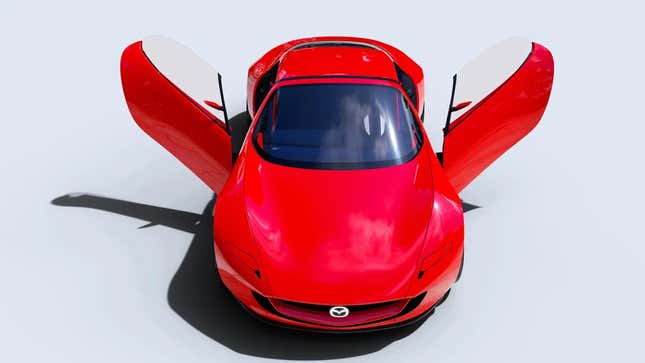
Mazda’s rotary-powered plug-in hybrid sports coupe is perhaps the most compelling from an enthusiast standpoint, hopefully keeping the weight down and the engagement high. If there’s any company that could do it, it’s Mazda.
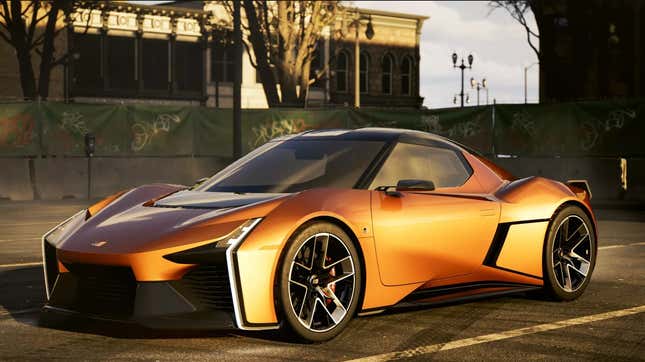
The Toyota FT-Se, could be an electric return to MR-2 simplicity. And just look at it! If Toyota can bring a sexy angular electric Lotus Emira to the masses, I’ll love them forever.
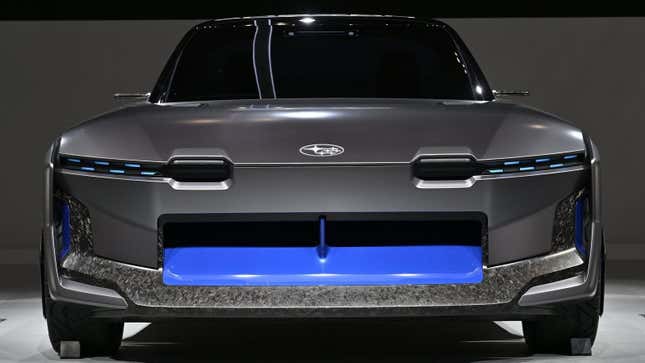
The Subaru might be the most exciting thing Subaru has built in twenty years.
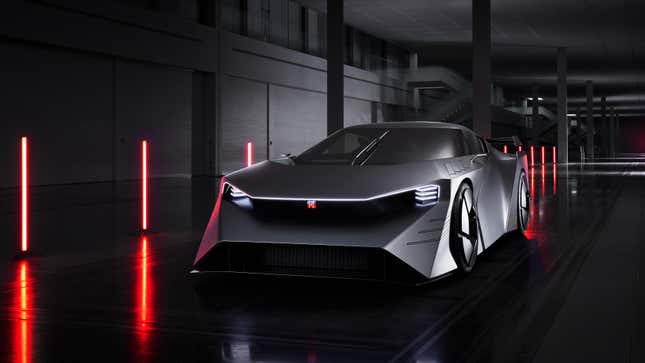
Could the Nissan Hyper Force portend an all-electric GT-R? Hell yeah it could.

The most production-ready of the bunch is Honda’s Prelude, which looks like it could drive onto a dealer lot tomorrow. I truly hope that Honda gives us a compact sporty electric coupe, and who better to do it than Honda?
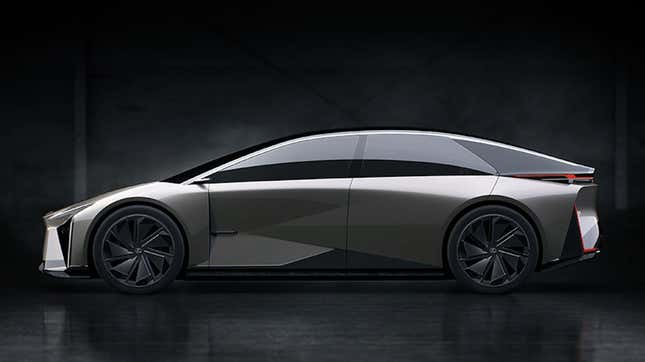
Lexus claims the LF-ZC is coming to dealers in 2026, as an ultra-aerodynamic design-forward electric sports sedan. Everything about this car looks like it was delivered on a plinth from space aliens, and that’s exactly the kind of thing Lexus should be doing right now. It’s just so striking and interesting. I hope it drives as good as it looks.
After a couple of decades of largely blasé entries in the sports car market, it’s nice to see a handful of concepts from a handful of companies looking for a return to the personal sport coupe. A segment that was largely abandoned by Gen X could be revived by the nostalgia and changing demands of Millennials and Gen Z. God, I hope so.

